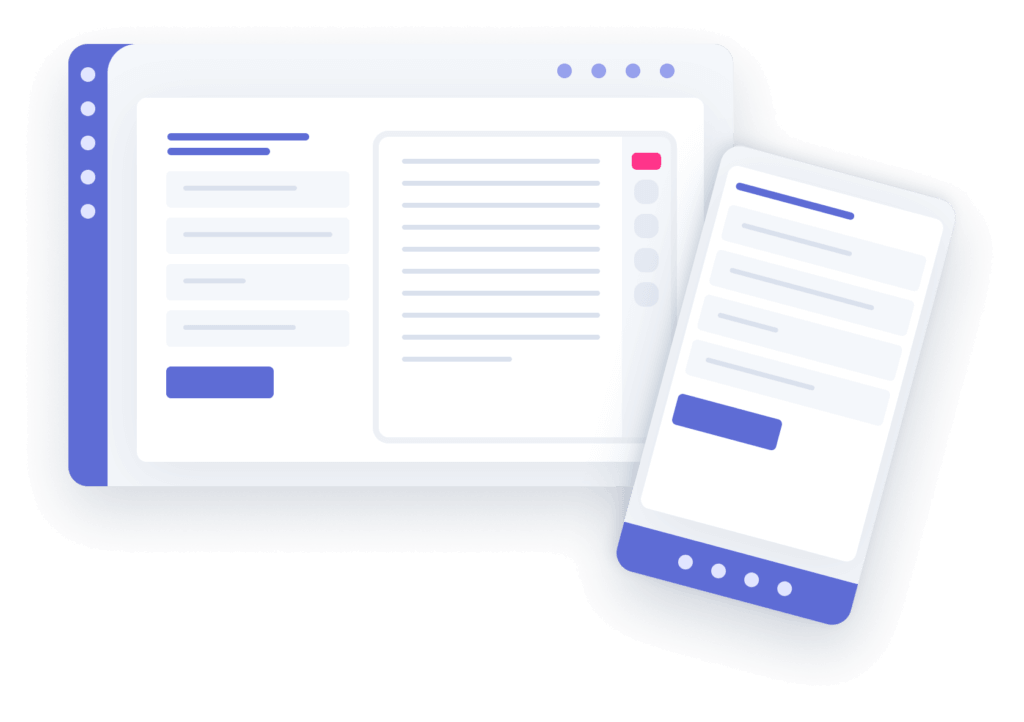Anyone in human resources or business management knows that employee onboarding is crucial to employee management. However, problems tend to arise when launching or running an onboarding process in your company.
While good onboarding is part and parcel of an effective organization, getting it right isn’t always as natural. That’s why we look at common key pain points of employee employee onboarding processes and how you can address them. So, let’s dive in.
Why Good Employee Onboarding Matters?
Employee onboarding can be fraught with challenges that impede a new hire’s integration and productivity. Let’s look at the nine most common key pain points in employee onboarding and how to solve them:
It creates a positive first impression
The onboarding process is often a new employee’s first real interaction with the company’s culture and practices. Effective employee onboarding establishes a positive first impression, setting the tone for their journey within the organization.
Utilizing employee onboarding software can significantly enhance this experience and provide an engaging introduction to the company’s environment and culture.
It helps with strategic employee integration
Employee onboarding goes beyond initial introductions; it’s a strategic tool for integrating new hires into the company. During this phase, they learn about the company’s values, expectations, and specific roles.
High-quality employee onboarding solutions facilitate this integration by offering structured and comprehensive learning modules, virtual team introductions, and clear guidelines for new hires.
It reduces time to productivity
Effective onboarding processes, often driven by sophisticated employee onboarding software, can significantly reduce the time to productivity for new employees. These tools provide necessary training, support, and resources that enable new hires to swiftly understand their roles and responsibilities and contribute to team goals.
It enhances employee retention
Employee retention is closely tied to the quality of the onboarding experience. Figures show that 69% of employees are likelier to stay with a company for three years if they’re onboarded well.
Robust onboarding, facilitated by comprehensive employee onboarding solutions, helps build strong connections with the company, increasing the likelihood of long-term employment. This reduces turnover costs and fosters a more experienced and cohesive workforce.
It builds a culture of belonging
A thoughtful onboarding process, enhanced by employee onboarding software, plays a significant role in fostering a culture of inclusivity and belonging. It ensures that new hires feel welcomed and valued from their first day.
It encourages continuous support and development
Viewing employee onboarding as a continuous support and development process is important. Advanced employee onboarding solutions provide ongoing resources and support mechanisms. That way, new hires receive the necessary guidance and feedback to grow into their roles within the company.
It Improves the bottomline
Effective employee onboarding doesn’t just benefit your new hires. It inadvertently benefits the company as a whole, especially regarding profitability. Studies show that companies with good employee onboarding tend to show a 60% year-on-year improvement in revenue.
How to solve the 9 Key Pain Points in Employee Onboarding?
Employee onboarding can be fraught with challenges that impede a new hire’s integration and productivity. Let’s look at the nine most common key pain points in employee onboarding and how to solve them:
1. Lack of Clear Communication
Managers and recruitment teams can easily set onboarding programs, but they’re not always as effective. That’s because communication isn’t as clear from the onset. New employees often feel lost due to poor communication about their roles, expectations, and company culture.
Solution: Implement a comprehensive employee onboarding checklist that outlines all the necessary information and steps. From the onset, your onboarding process should include:
- Your company mission, vision, and values;
- The company’s organizational chart;
- Your top-performing products and/or services;
- The most important HR policies;
- Compensation and benefits;
- Leaves; and
- Job roles and KPIs.
These elements ensure clear communication from day one. Get feedback from newly onboarded staff and ask if the onboarding process was helpful.
2. Overwhelming Amount of Information
Your new hires are Dory’s.
Being bombarded with too much information too quickly can overwhelm new hires. As a result, employees tend to retain very little or feel paralyzed by all the information they need to retain as quickly as possible.
Solution: Space out information delivery using an employee onboarding app that allows new hires to digest information at their own pace. Use the initial induction to give them a bird’s eye view and provide detailed guides to study at their own pace. Schedule catch-ups to reinforce and clarify for the first three months or so.
3. Inadequate Support Systems
New employees may struggle without adequate support and guidance from their supervisors and peers. This can make new hires feel isolated and alone, which could lead to lowered engagement and productivity and higher turnover rates
Solution: Establish a mentorship or buddy system as part of the onboarding process. This will provide new hires with a go-to person for questions or guidance.
4. Technology Integration Challenges
Onboarding people to your company involves giving them space to familiarize themselves with software and solutions they’ll use on the job. However, difficulty navigating new technology and software can hinder a new hire’s ability to become productive quickly.
Solution: Use the best user-friendly employee onboarding software available. Find one that provides interactive tutorials for easy learning.
5. Cultural Assimilation
New hires might find it challenging to assimilate into the company’s culture, especially when coming from a company that might have had a different culture. A culture misalignment could lead to miscommunications and a lack of team chemistry between new and old team members.
Solution: Include cultural immersion sessions in the onboarding process. Take time to highlight company values, norms, and social aspects for the first few months and provide avenues to highlight them in action.
6. Onboarding Versus Training Confusion
Onboarding and training have many overlaps, but they are different. Not being able to see this can confuse new hires and even managers.
Solution: Clearly differentiate onboarding versus training. Onboarding should focus on cultural integration, while training should be about skill development and role-specific knowledge.
7. Inconsistent Onboarding Experiences
One of the most important keys to effective onboarding is consistency. When the hiring team is inconsistent with onboarding experiences, new hires can have unequal starting points. This creates inequality within the organization in terms of company understanding and assimilation.
Solution: Standardize the onboarding process across the organization using an employee onboarding app to ensure consistency and fairness. Automate as much of the process as possible, especially the administrative ones. Some things you can automate include sharing passwords, check-ins with direct reports and colleagues, and orientation scheduling.
8. Lack of Engagement
New hires may feel disengaged if the onboarding process is dull or boring. Onboarding doesn’t have to be a disengaging experience. In fact, it helps when onboarding processes have some fun elements.
Solution: Introduce interactive elements such as gamification and social activities in the onboarding process to enhance employee experience and engagement.
9. Addressing Diverse Educational Backgrounds
Many new employees will come from diverse educational backgrounds, such as those with an online doctorate in education. That means your new staff will have different learning and integration needs.
Solution: Tailor the onboarding process to accommodate various educational backgrounds, recognizing that different individuals may require different approaches to learning and integration.
Bottom line? The imperative of optimizing employee onboarding
Addressing these pain points with thoughtful and innovative solutions can significantly improve the efficiency and effectiveness of the employee onboarding process. Leverage tools like the best employee onboarding software and comprehensive checklists for better results.
Optimizing employee onboarding is a procedural necessity and a strategic investment for managers and organizations. The benefits of a well-structured onboarding process are manifold, impacting not only the new hire but also the team and the organization as a whole.
Effective onboarding sets the stage for long-term employee engagement and retention. Addressing these common pain points in onboarding makes new hires feel supported, valued, and integrated into the company culture from day one. As a result, they can start performing effectively and help bring the department or organization to new heights of success.








